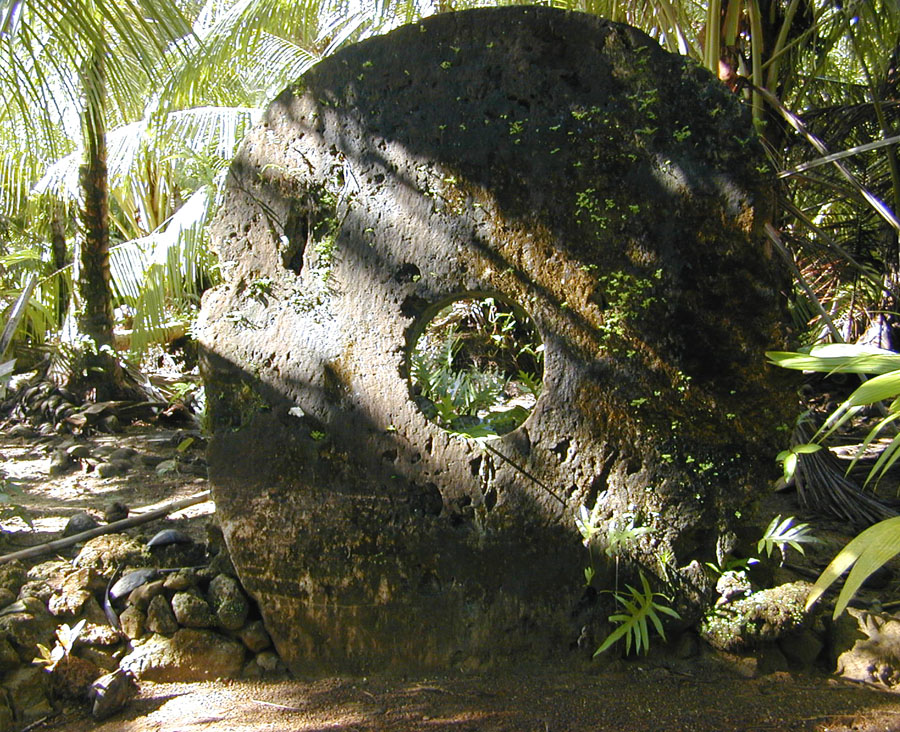Rai Mint
Rai Mint
Rai stones were quarried on several of the Micronesian islands, mainly Palau, but briefly on Guam as well, and transported to Yap for use as money. They have been used in trade by the Yapese as a form of currency.

What
large doughnut-shaped, carved disks of (usually) calcite, up to 4 m (13 ft) in diameter (most are much smaller).
Smallest
The smallest can be as little as 3.5 centimetres (1.4 in) in diameter.
How Many
There are around 6,000 of the large, circular stone disks carved out of limestone formed from aragonite and calcite crystals.
Ledger
The monetary system of Yap relies on an oral history of ownership.
Handling
In the case of stones that are too large to move, buying an item with one simply involves agreeing that the ownership has changed.
Ownership
As long as the transaction is recorded in the oral history, it will now be owned by the person to whom it is passed and no physical movement of the stone is required.